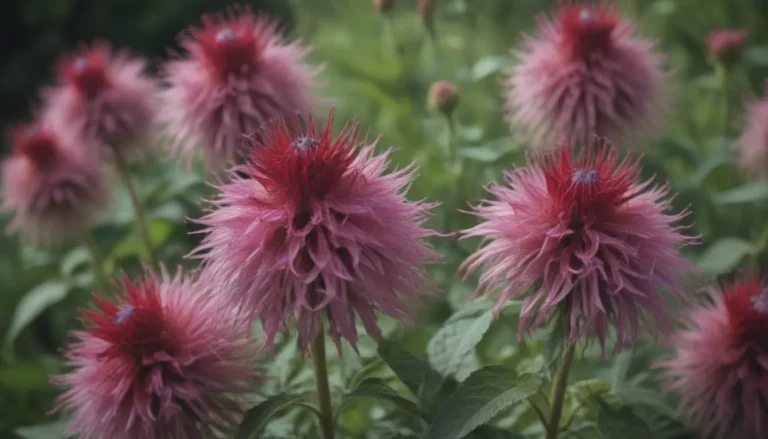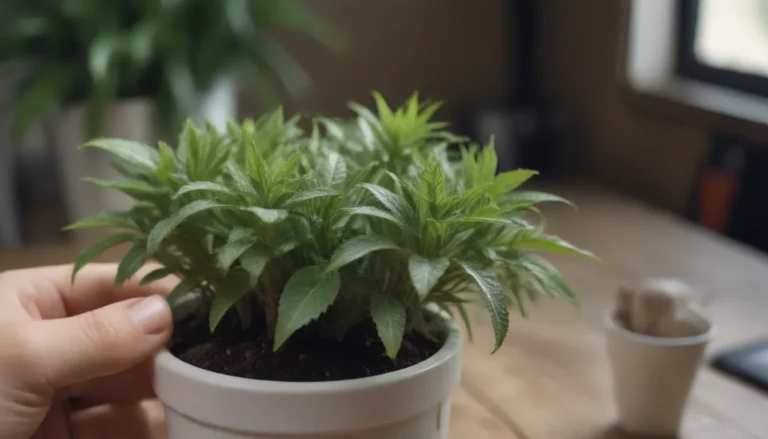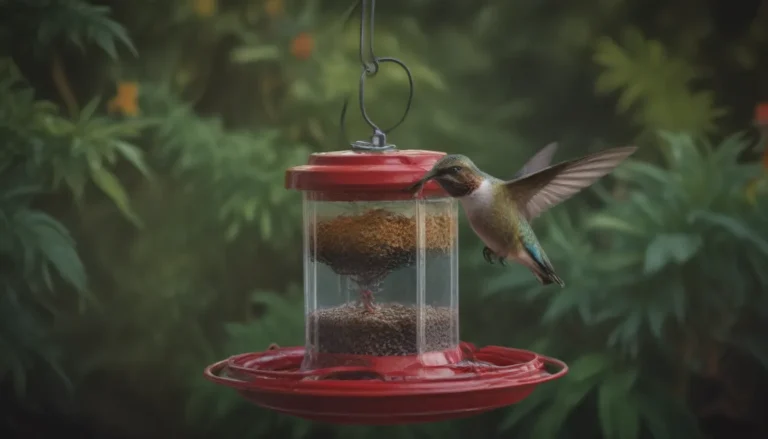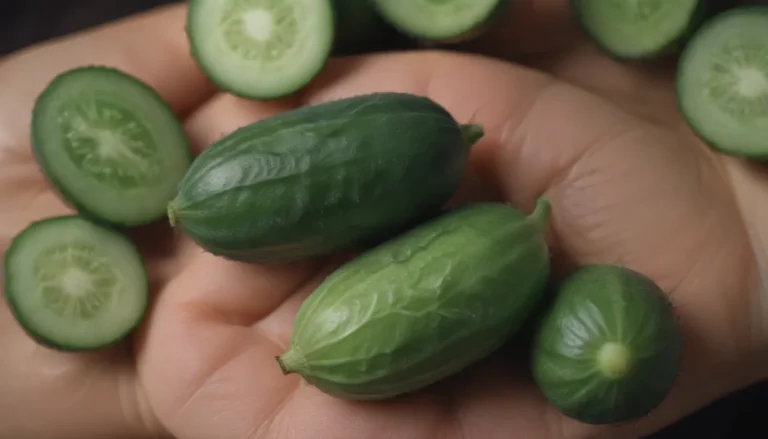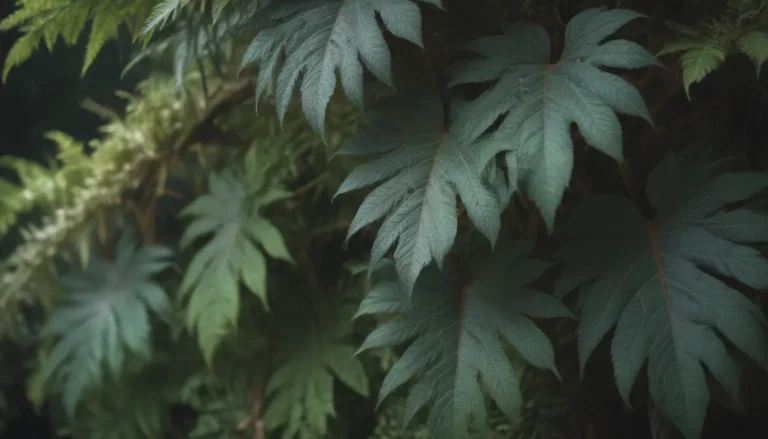Why Is My Monstera Adansonii Turning Yellow? Explore 5 Common Problems and Solutions
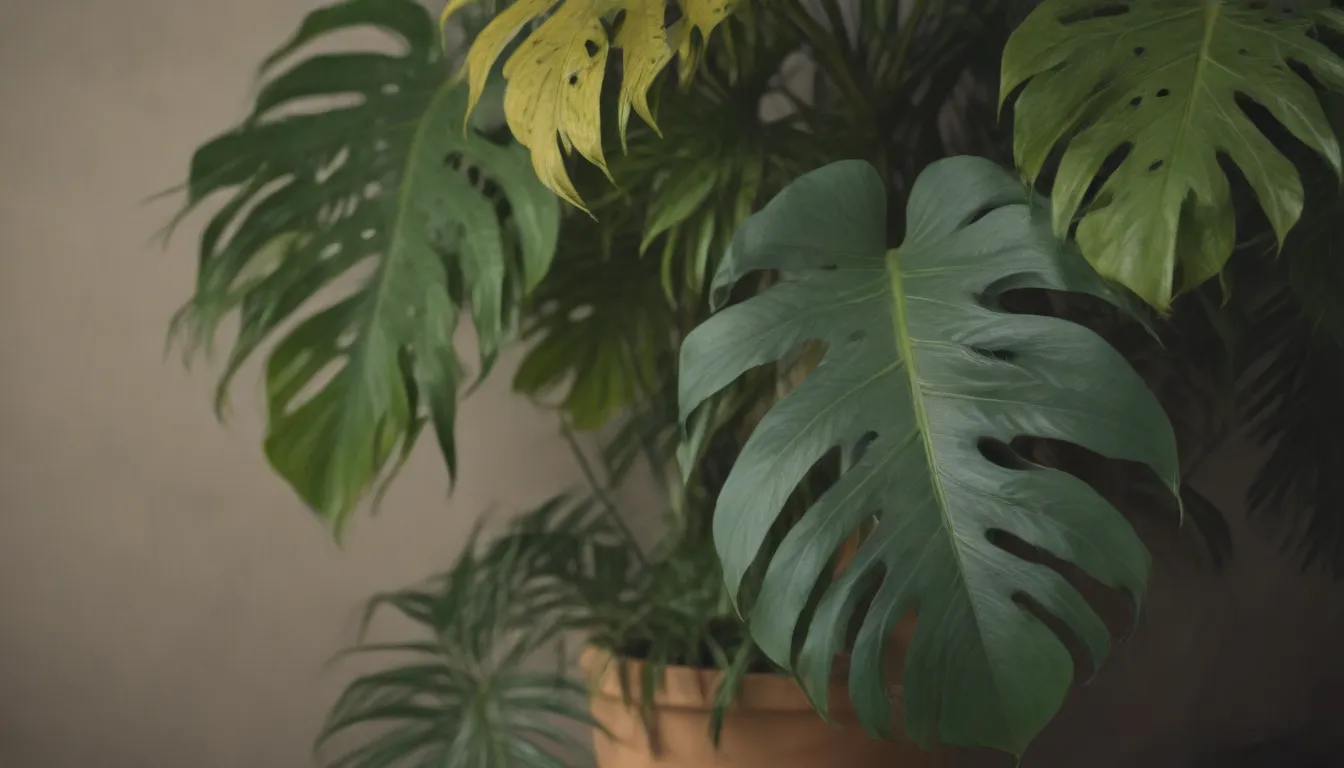
Monstera adansonii, also known as Swiss cheese plants, are beloved for their stunning fenestrated leaves and beautiful trailing vines. However, it can be disheartening to see those leaves turn yellow. Luckily, this issue can be easily resolved once you identify the underlying cause. Let’s delve into five common reasons why your Monstera adansonii might be sporting yellow leaves and how you can address them effectively.
1. Underwatering
One of the most common culprits behind yellow leaves on Monstera adansonii plants is underwatering. These plants thrive on consistent moisture and should not be left to dry out between waterings. If you find yourself guilty of letting your plant become bone dry before reaching for the watering can, underwatering could be to blame.
Solution:
- Increase the frequency of your watering sessions to ensure your Monstera adansonii remains adequately hydrated.
- Consider using self-watering pots, which feature a handy water reservoir that the plant can draw from as needed.
- Alternatively, watering globes or stakes can serve a similar purpose at a more affordable price point. Simply fill the globe or stake with water and let your plant sip on it as necessary.
2. Overwatering
On the flip side, overwatering is another common issue that can lead to yellow leaves on Monstera adansonii plants. If your plant’s soil remains consistently wet for days on end, it may indicate root rot has taken hold. Yellow leaves are often an early warning sign of this problem.
Solution:
- Remove the overwatered plant from its pot and soil immediately.
- Depending on the severity of the root rot, you may need to prune off affected roots and repot the plant in fresh soil. In more severe cases, propagating a new plant from healthy stem cuttings might be necessary.
3. Lack of Light
Insufficient light can also cause your Monstera adansonii to develop yellow leaves as the plant sacrifices foliage to conserve energy. To remedy this issue, it’s crucial to ensure your plant is receiving an adequate amount of light.
Solution:
- Position your plant within a couple of feet of a bright window where it can receive ample sunlight.
- If natural light is limited in your home, consider supplementing with a grow light to provide your plant with the light it needs.
Remember: Your plant should be able to “see” the sky through the window from where it’s placed to receive bright indirect light.
4. Nitrogen Deficiency
Another potential cause of yellow leaves in Monstera adansonii plants is nitrogen deficiency. Nitrogen plays a crucial role in chlorophyll production, which is essential for maintaining healthy, green leaves.
Solution:
- Regularly fertilize your plant with a nitrogen-rich fertilizer to address the deficiency.
- Fertilize your plant monthly during the active growing seasons (spring and summer) and pause fertilization in the fall and winter.
5. Pests
Pests like spider mites and mealybugs can wreak havoc on your Monstera adansonii, causing yellowing leaves and other issues. If you suspect pests are the culprit, it’s essential to take action promptly to protect your plant.
Solution:
- Conduct a thorough inspection of your plant, paying close attention to the undersides of leaves, petioles, and stem crevices.
- Isolate the affected plant from other houseplants to prevent the spread of pests.
- Remove damaged foliage and treat the infestation with an appropriate insecticide or natural remedy like neem oil.
- Continue treatment regularly until the pests are eradicated, which may take several weeks.
Tip: Regular maintenance and inspection can help you catch pest problems early before they escalate.
Removing Yellow Leaves
Once you’ve addressed the underlying issue causing yellow leaves on your Monstera adansonii, you might be wondering whether you should remove the discolored foliage.
- Yellow leaves can be pruned using clean, sharp shears or scissors.
- Alternatively, gently twisting the leaves at the base may cause them to detach naturally.
Ultimately, the decision to remove yellow leaves is up to personal preference. If they bother you aesthetically, feel free to trim them off for a healthier-looking plant.
In conclusion, maintaining a healthy and vibrant Monstera adansonii involves proper watering, adequate light, regular fertilization, and vigilant pest management. By addressing these common issues and implementing the recommended solutions, you can ensure your Swiss cheese plant thrives and displays its iconic fenestrated leaves to their full potential. Remember, a little TLC goes a long way in keeping your Monstera adansonii happy and healthy!
